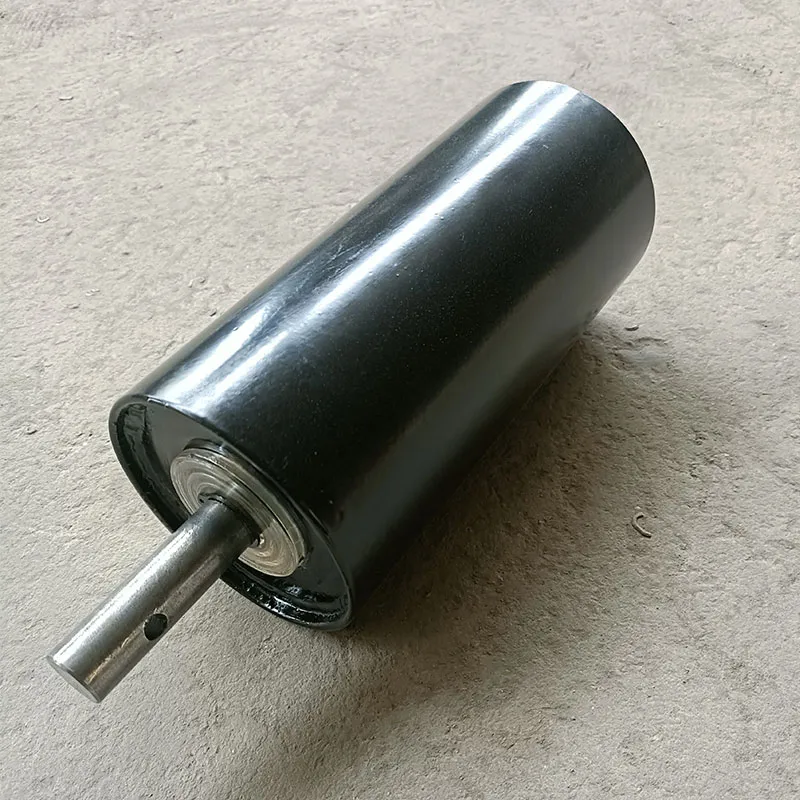 Afrikaans
Afrikaans  Albanian
Albanian  Amharic
Amharic  Arabic
Arabic  Armenian
Armenian  Azerbaijani
Azerbaijani  Basque
Basque  Belarusian
Belarusian  Bengali
Bengali  Bosnian
Bosnian  Bulgarian
Bulgarian  Catalan
Catalan  Cebuano
Cebuano  Corsican
Corsican  Croatian
Croatian  Czech
Czech  Danish
Danish  Dutch
Dutch  English
English  Esperanto
Esperanto  Estonian
Estonian  Finnish
Finnish  French
French  Frisian
Frisian  Galician
Galician  Georgian
Georgian  German
German  Greek
Greek  Gujarati
Gujarati  Haitian Creole
Haitian Creole  hausa
hausa  hawaiian
hawaiian  Hebrew
Hebrew  Hindi
Hindi  Miao
Miao  Hungarian
Hungarian  Icelandic
Icelandic  igbo
igbo  Indonesian
Indonesian  irish
irish  Italian
Italian  Japanese
Japanese  Javanese
Javanese  Kannada
Kannada  kazakh
kazakh  Khmer
Khmer  Rwandese
Rwandese  Korean
Korean  Kurdish
Kurdish  Kyrgyz
Kyrgyz  Lao
Lao  Latin
Latin  Latvian
Latvian  Lithuanian
Lithuanian  Luxembourgish
Luxembourgish  Macedonian
Macedonian  Malgashi
Malgashi  Malay
Malay  Malayalam
Malayalam  Maltese
Maltese  Maori
Maori  Marathi
Marathi  Mongolian
Mongolian  Myanmar
Myanmar  Nepali
Nepali  Norwegian
Norwegian  Norwegian
Norwegian  Occitan
Occitan  Pashto
Pashto  Persian
Persian  Polish
Polish  Portuguese
Portuguese  Punjabi
Punjabi  Romanian
Romanian  Russian
Russian  Samoan
Samoan  Scottish Gaelic
Scottish Gaelic  Serbian
Serbian  Sesotho
Sesotho  Shona
Shona  Sindhi
Sindhi  Sinhala
Sinhala  Slovak
Slovak  Slovenian
Slovenian  Somali
Somali  Spanish
Spanish  Sundanese
Sundanese  Swahili
Swahili  Swedish
Swedish  Tagalog
Tagalog  Tajik
Tajik  Tamil
Tamil  Tatar
Tatar  Telugu
Telugu  Thai
Thai  Turkish
Turkish  Turkmen
Turkmen  Ukrainian
Ukrainian  Urdu
Urdu  Uighur
Uighur  Uzbek
Uzbek  Vietnamese
Vietnamese  Welsh
Welsh  Bantu
Bantu  Yiddish
Yiddish  Yoruba
Yoruba  Zulu
Zulu Exploring the Benefits of Conveyor Impact Bars in Industrial Applications
The Importance of Conveyor Impact Bars in Material Handling Systems
In the realm of material handling, conveyor systems play a pivotal role in efficiently transporting goods across various industries. Among the crucial components of these systems are conveyor impact bars. These specialized bars are designed to absorb the impact of materials as they are transferred onto the conveyor belt, protecting both the conveyor itself and the items being transported.
Conveyor impact bars are typically installed at the feed sections of a conveyor system, where the risk of material drop is highest. When bulk materials such as gravel, coal, or packages are loaded onto the conveyor, they can fall from significant heights, leading to potential damage. Impact bars serve as a cushioning layer that mitigates this impact. By doing so, they not only preserve the integrity of the belt but also significantly reduce maintenance costs and downtime associated with wear and tear.
One of the key materials used in the fabrication of impact bars is rubber, known for its excellent shock-absorbing qualities. Some manufacturers may combine rubber with other materials, such as polyurethane, to enhance durability and resistance to abrasion. These hybrid impact bars can withstand harsh environments, making them ideal for use in mining, recycling, and agricultural applications.
The design of conveyor impact bars can vary widely based on the specifics of the application. Some may feature a flat surface, while others may have grooves or contours to better fit certain conveyor belts or to facilitate material movement. Manufacturers often provide customizable options to ensure that the impact bars meet the unique needs of a particular operation.
conveyor impact bar

Not only do impact bars protect the conveyor belt, but they also contribute to the overall safety of the operation. By minimizing the risk of belt damage, they help prevent the potential for accidents that can arise from belt failures. This is especially important in high-traffic environments where heavy machinery and personnel coexist.
In addition to improving the safety and longevity of conveyor systems, properly functioning impact bars can enhance the operational efficiency of material handling processes. With reduced downtime and less frequent maintenance required, businesses can focus on productivity and meet the demands of their customers. Effective material handling translates into better workflow, reduced costs, and ultimately, increased profitability.
To ensure optimum performance, it is essential to regularly inspect and maintain conveyor impact bars. Operational conditions may lead to wear over time, necessitating timely replacements to prevent performance-related issues. Adopting a proactive maintenance approach can greatly enhance the lifespan of both the impact bars and the conveyor system itself.
In conclusion, conveyor impact bars are an indispensable component of effective material handling systems. Their ability to absorb impacts protects the conveyor belt and contributes to safer operations while improving overall efficiency. Investing in high-quality impact bars and maintaining them diligently can lead to significant long-term benefits for any industry reliant on conveyor systems. By understanding their importance and functionality, businesses can optimize their material handling processes and enhance productivity.
-
Revolutionizing Conveyor Reliability with Advanced Rubber Lagging PulleysNewsJul.22,2025
-
Powering Precision and Durability with Expert Manufacturers of Conveyor ComponentsNewsJul.22,2025
-
Optimizing Conveyor Systems with Advanced Conveyor AccessoriesNewsJul.22,2025
-
Maximize Conveyor Efficiency with Quality Conveyor Idler PulleysNewsJul.22,2025
-
Future-Proof Your Conveyor System with High-Performance Polyurethane RollerNewsJul.22,2025
-
Driving Efficiency Forward with Quality Idlers and RollersNewsJul.22,2025





























